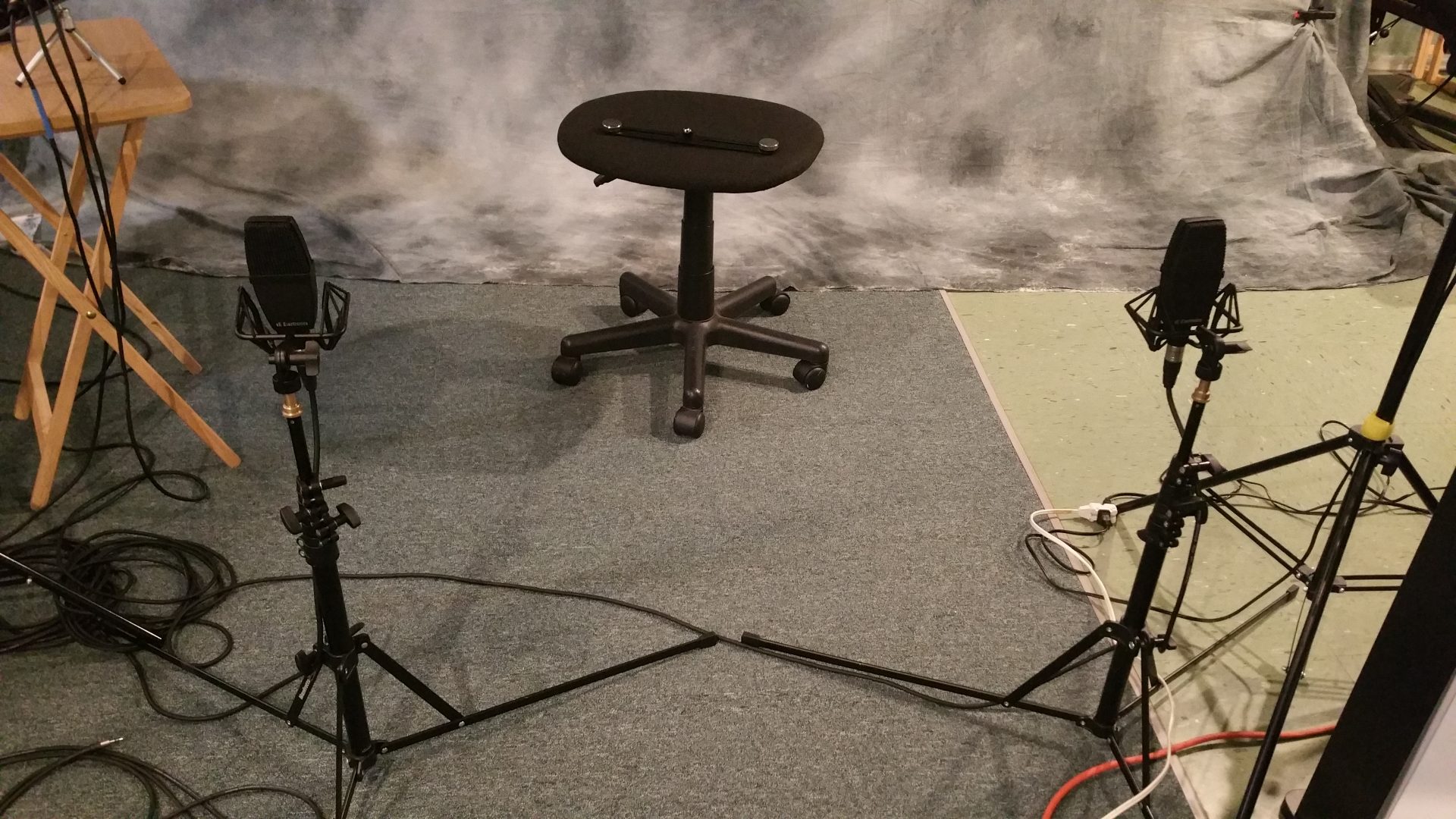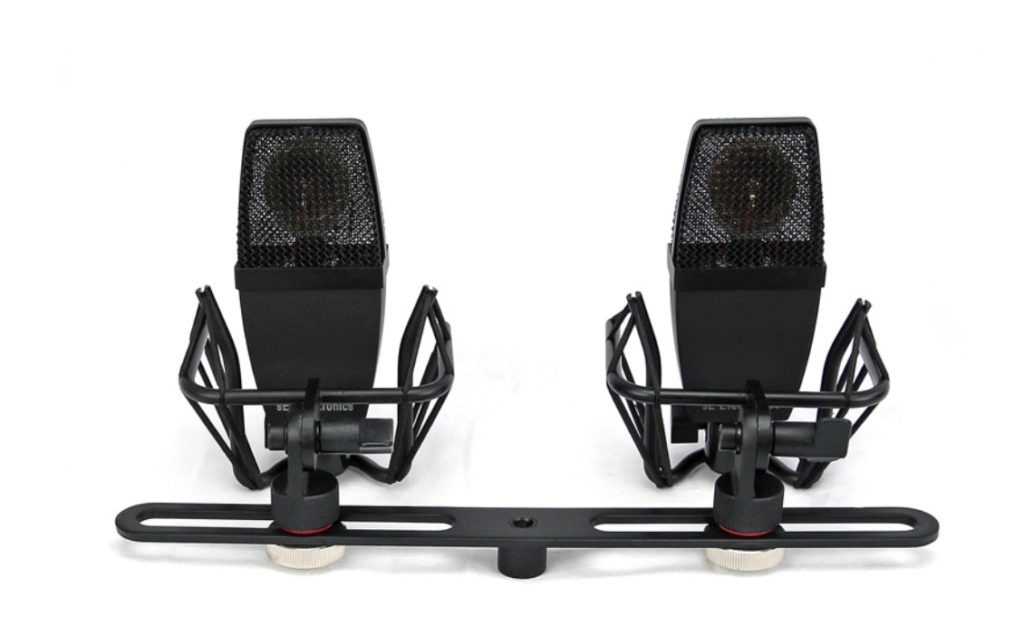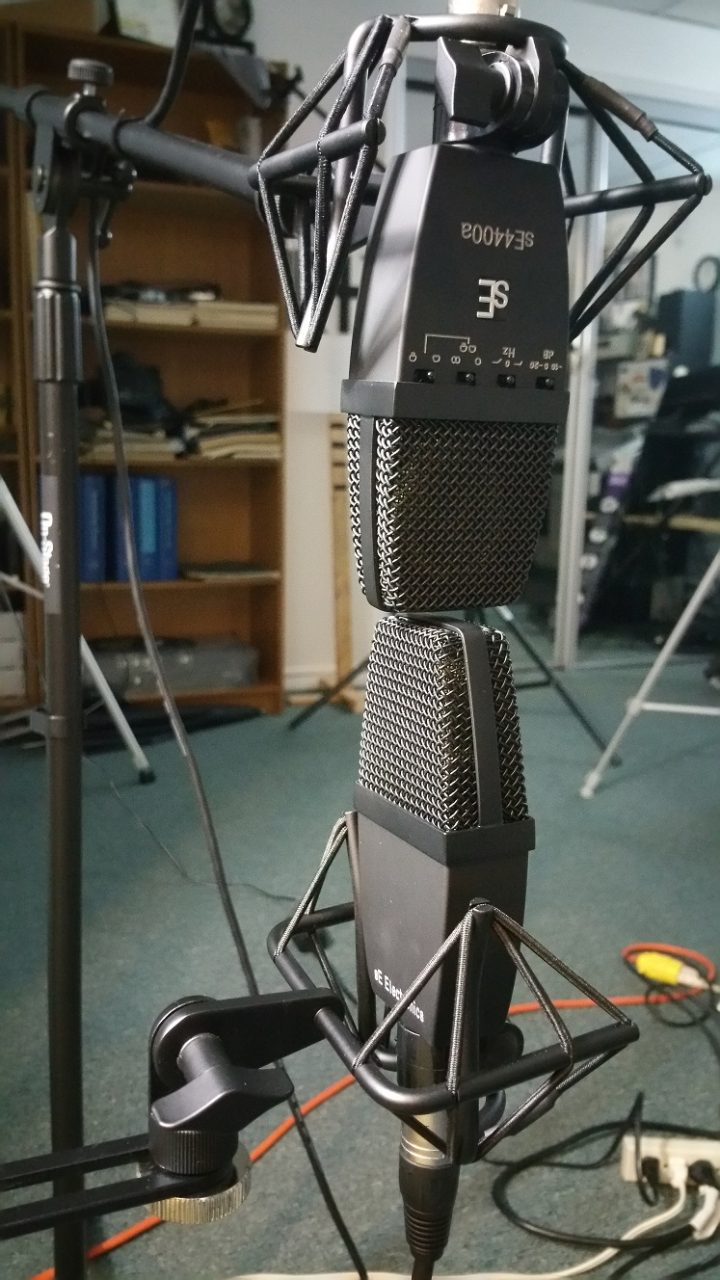May 20th, 2018
As a continuation of the last post…
The experimentation finally starts a bit. I’ve just begun to use the Zoom F4 a few times, and every time I use it, the results impress me more and more. This tool is mostly advertised as being the best budget recorder for film makers, what they don’t realize is that this baby absolutely crushes the competition as a small, basic and very portable music recording device!
I tried it as an audio interface, where it connects to my computer, and it works just fine, but compared to my full featured Mackie FireWire 16 channel in/out mixer, there is a clear winner there, and it’s not the F4 except under one condition… portability. The Mackie is huge, it is a full sized mixer, but the F4 is tiny and super portable, and in use with a laptop, works really well as a 6-in/4-out audio interface. I think that in conjunction with even a mid-level range laptop (because Reaper is so efficient and not resource intensive in the manner that I use it), this could be a very viable portable recording setup.
There are small things that kind of take it down a notch in the convenience department, like that it takes several button presses to make it work as an audio interface and when you turn the unit off, and you have to go through that process again. I kind of wish Zoom had taken the time to make a shortcut to get in to audio interface mode, that would have greatly made it more favorable for me. All that apart, the fact that it can capture at 24-bit 96khz (and higher), as an audio interface along with it’s super clean and above average gain preamps make it very attractive.
One of the things that I’ve learned and wanted to test out is different mic techniques. Setting up the mics in a specific way to get some nice results is really more interesting that it may sound at first. Truly there is a bit of art along with science to it, and one can get quite a variety of results. To really hear the differences, you should be using headphones and hearing the differences, it is quite surprising! As the capture device of some straight acoustic sounds in conjunction with some killer microphones is where the Zoom F4 really shines.
The setups that I have tested so far are:
THE A-B OR “FAR APART” TECHNIQUE

This is where the mics are at least 3 feet apart, about 30 inches off the floor and aimed right straight ahead. Forming a bit of an equilateral triangle between the 2 mics and the center of the accordion is the basis of this setup. Advantages are a great left/right separation and a strong sense of intimacy to the sound, but there is a bit of a loss of quality of the famous Cassotto sound *if * your accordion has it. It is extremely subtle, though, and it takes a great set of headphones and ears to hear this. To most, this is invisible. Using the HyperCardioid setting of my mics gave me more separation between the left and right sides. Perhaps using a cardioid pattern would reduce the stereo separation a small amount, but add a touch more balance to the final recording. Though I have not yet tested it, there are some very potentially interesting variations of the A-B Technique (like getting them further apart 4 to 5 feet? How about 6 feet? How about not placing them side by side, how about placing the mic for the bass further to the back… and so on). All stuff to perhaps play with at a later date.
A short sound clip using this technique. Use headphones for best effect!
FACTORY SOUND BAR SETUP TECHNIQUE

When you purchase the sE4400a Matched Pair of microphones, you get a small sound bar that you place on a single stand and it places the mics about 15 inches apart. Placing them about 30 inches off the ground, this is again a kind of triangle but the mics are much closer together, though about the same 3 feet away from the accordion. Advantages are a fair to moderate left/right separation, but the famous Cassotto sound is there in full force and there is an even stronger sense of intimacy to the sound, definitely more than the A-B technique. As mentioned previously, the Cassotto effect is extremely subtle and it takes a great set of headphones and ears to hear this, but it is there in full force and pleasant. Using the HyperCardioid setting of my mics gave me even more separation between the left and right sides and perhaps changing that to a cardioid pattern would bring the image closer together but with a pleasant smoothing effect. Future experimentation will reveal all that and more to me over time.
A short sound clip using this technique:
MID-SIDE TECHNIQUE

This one is the most fascinating, because if you look at it, it seems like it cannot have any kind of stereo image, but quite the reverse is true… if done right, it presents a pretty wide image with a very different feeling sound stage, and offers the advantage of being able to use 2 different mics, where the other systems really do benefit from a matched pair. The setup requires one Cardioid mic and one mic that can do a Figure-8 pattern (both of which my SE4400a’s can do, by the way, and more!). The setup is a bit more complex in that the cardioid mic is placed facing the center of the accordion and the 2nd mic (switched to Figure-8 patter) is turned 9 degrees.
You set mic gains the same normal way, but the magic happens only when you do some post processing with the 2 files captured (one from each mic).
In your DAW, you have 2 files, the Cardioid file and the Figure-8 file. Place the Cardioid file in TRACK 1, place the Figure-8 file in TRACK 2… here is where things get interesting… place a 2nd copy of the Figure-8 file on to TRACK 3. Leave the PAN setting of track 1 in the center, place the PAN setting of track 2 100% left and place the PAN setting of track 3 100% right. Here is where the magic happens… you must invert the phase of track 3!
Now, place the slider of track 1 to zero db and with tracks #2 and #3 started fully DEACTIVATED, play your music, and slowly slide tracks #2 and #3 up at the same time… and be prepared to hear a really cool effect!
Here is a little video I made that shows how I played with this:
Possible future tests:
- Blumlein Pair
- X/Y Stereo Recording
- ORTF Stereo Recording
- Deca-Tree variant
- perhaps other styles…
So… between these three techniques so far, you may be curious to know which I prefer. It’s really hard, as I like all the results, however, after doing some quick “back and forth” listening, there are some very interesting traits with each system. I think that the “A-B” technique can give you the biggest separation between left and right channels with a nice amount of “sound intimacy”, the Mid-Side technique gives the most unique stereo image with a high feel of room ambience and the Sound Bar gives a great sound with less stereo separation, but a bit more of the Cassotto effect and the greatest feeling of “sound intimacy” of the group so far. My favorites in terms of highest to lower preferences are #1 the Sound Bar, #2 the A-B setup and #3 being the Mid-Side technique, however, I really like them all and it’s a very tight race. I can see some songs working better with specific mic setups, it is all lovely!
As I learn more and different techniques, I’ll add them here, but for now, this is a great place to start. I had a great day!